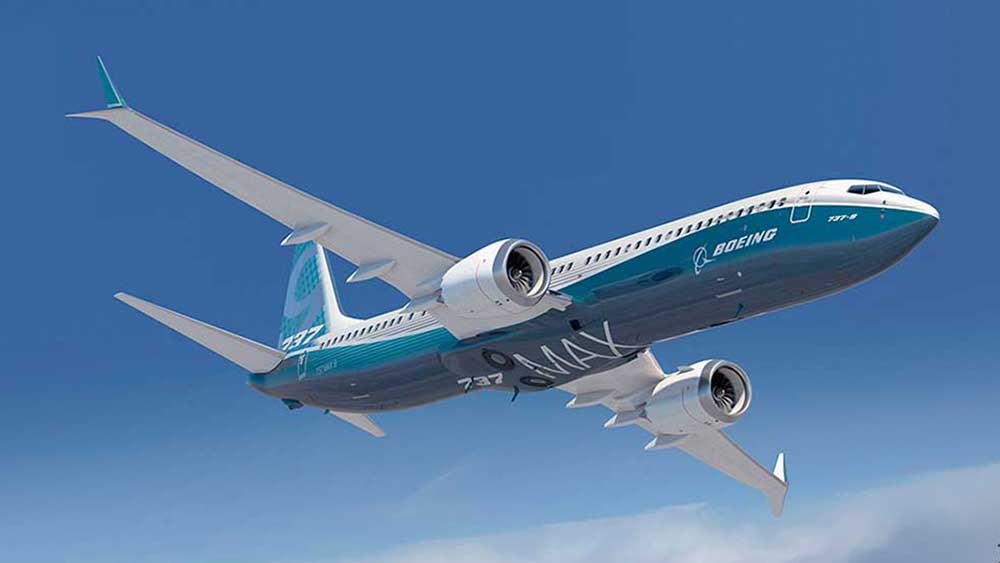Travellers might experience anxiety upon seeing images of a substantial fuselage breach in an Alaska Airlines Boeing 737 Max 9 at 15,000 feet, following takeoff over Oregon on January 5th. Correspondingly, investors reacted nervously as Boeing and Spirit AeroSystems, the manufacturer of the fuselage and the faulty part, witnessed an 8% and 11% drop in market value, respectively, post-incident.
- Experts are concerned about how Boeing manages its production processes, raising questions about potential safety risks.
- There are concerns that Boeing's production system may not be able to catch and correct problems.
Travellers might experience anxiety upon seeing images of a substantial fuselage breach in an Alaska Airlines Boeing 737 Max 9 at 15,000 feet, following takeoff over Oregon on January 5th. Correspondingly, investors reacted nervously as Boeing and Spirit AeroSystems, the manufacturer of the fuselage and the faulty part, witnessed an 8% and 11% drop in market value, respectively, post-incident.
Boeing, the aviation giant once synonymous with cutting-edge technology and sky-high safety standards, has found itself in a string of turbulence lately. A string of recent incidents, from near-misses to delivery delays, has cast a shadow over the manufacturer's reputation. And now, industry experts are starting to question whether cracks in Boeing's production oversight might be contributing to these unsettling stumbles.
In early January 2024, a Boeing 737 Max 9 operated by a major U.S. airline encountered a mid-air issue shortly after takeoff. While the exact details remain under investigation, initial reports suggest a malfunction with a crucial flight control system. Thankfully, the pilot regained control, and the plane landed safely. No injuries were reported. While a single incident might not raise eyebrows under normal circumstances, the Max 9's involvement sends shivers down spines. Remember the Max 8? Two fatal crashes in Indonesia and Ethiopia claimed hundreds of lives, ultimately grounding the entire fleet for nearly two years due to faulty flight control software and inadequate pilot training.
In a statement, Boeing assured the public that it is "taking this matter very seriously" and has launched a thorough investigation into the Max 9 issue. They maintain that the Max 9 is a safe and reliable aircraft and that they are confident in its design and production processes.
However, these reassurances may not be enough to quell public anxieties, especially considering the company's rocky past with the Max 8. The FAA, too, is under intense scrutiny. Critics argue that the agency needs to be more vigilant in its oversight of Boeing, particularly given its cozy relationship with the company in the past.
The skies above Portland, Oregon, on the crisp morning of January 5th, 2024, turned a shade brighter, but not in the way anyone would have hoped. An Alaska Airlines Boeing 737 MAX 9, barely eight weeks old, had just lost a significant chunk of its fuselage mid-flight, sending shockwaves through the aviation industry and leaving passengers shaken but thankfully unharmed.
The National Transportation Safety Board (NTSB) is currently leading the investigation, meticulously combing through flight data, wreckage, and maintenance records to piece together what went wrong. They'll be looking at factors like:
- The condition and installation of the door plug: Was it faulty? Was it installed correctly?
- The role of maintenance procedures: Were there any lapses in pre-flight checks or inspections?
- Potential contributing factors: Could weather or turbulence have played a role?
Initial investigations zeroed in on a specific component: the door plug. This critical piece of equipment seals the gap between the fuselage and the cargo door, ensuring cabin pressurization. Now, reports suggest that the door plug on Flight 857 might have been improperly installed or defective, leading to its premature detachment.
Fortunately, the incident resulted in no serious injuries; however, the cause of the malfunction remains elusive. Global regulators have grounded all Max 9s with the same door plug for airworthiness inspections. Initial suspicions point to a potential manufacturing issue at Spirit, but United Airlines identified "installation issues" like bolts needing additional tightening, hinting at a broader quality concern at Spirit, necessitating better oversight from Boeing.
While rectifying the loose bolt on the Max 9 should be manageable, the incident further tarnishes Boeing's reputation. The aerospace giant has faced a series of setbacks, from the 737 Max crashes in 2018-2019 linked to software issues, costing $20 billion in fines and compensation, to recent quality-control problems affecting deliveries of the 787 Dreamliner and other 737 models.
Boeing's struggle is evident in its financials, with no annual profit since 2018. Delays, extra costs, and manufacturing issues have plagued projects like the 777x, set to start deliveries in 2025, six years behind schedule. Despite a push to increase production to meet demand, Boeing lags behind Airbus in short-haul jet orders and faces challenges rehiring skilled workers post-COVID-19.
Dave Calhoun, Boeing's CEO since 2020, faces an uphill battle to restore the company's image and profitability. Recent incidents, including the Max 9 door problem, highlight the persistent challenges, requiring not just reactive responses but proactive measures to prevent new issues from emerging.

